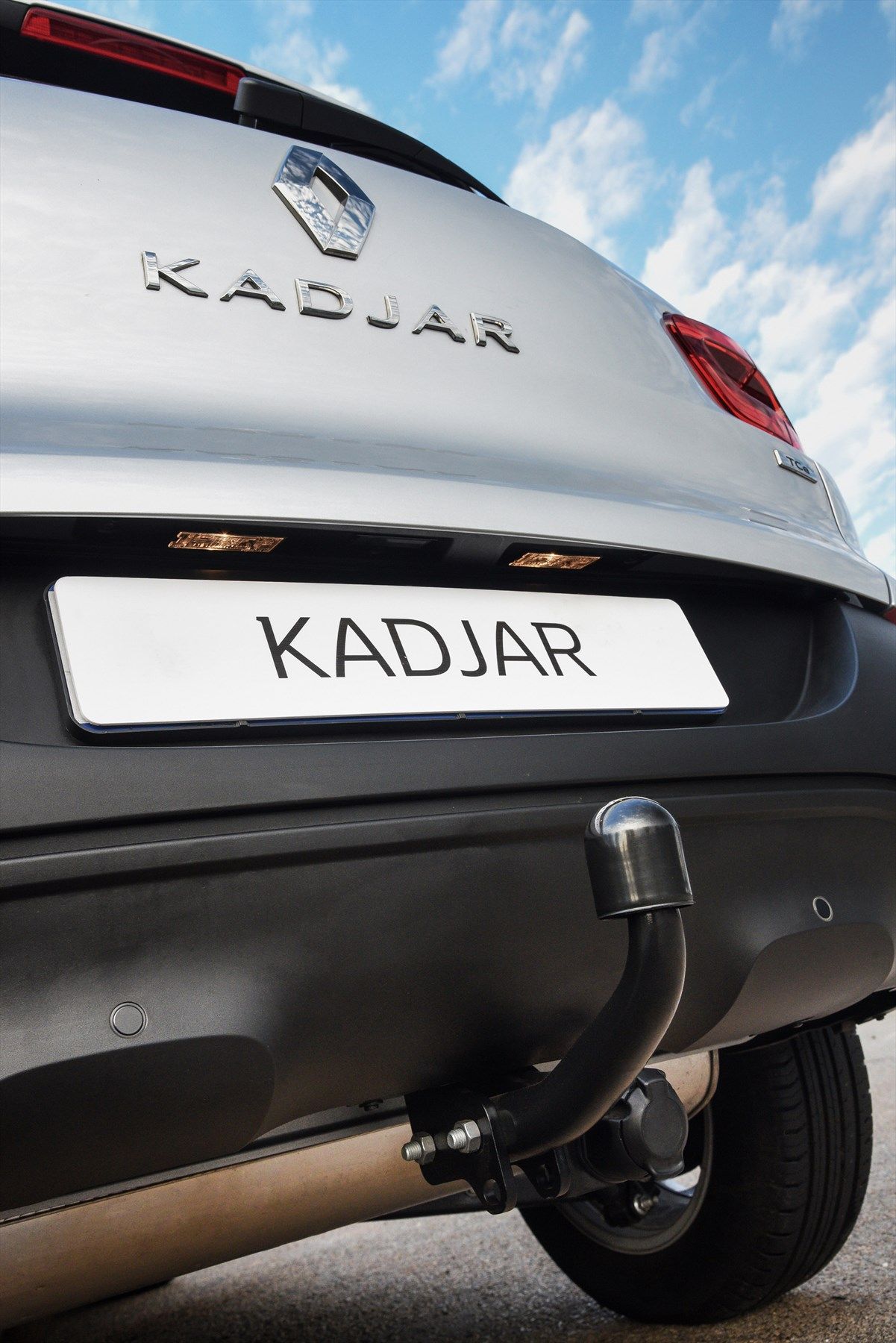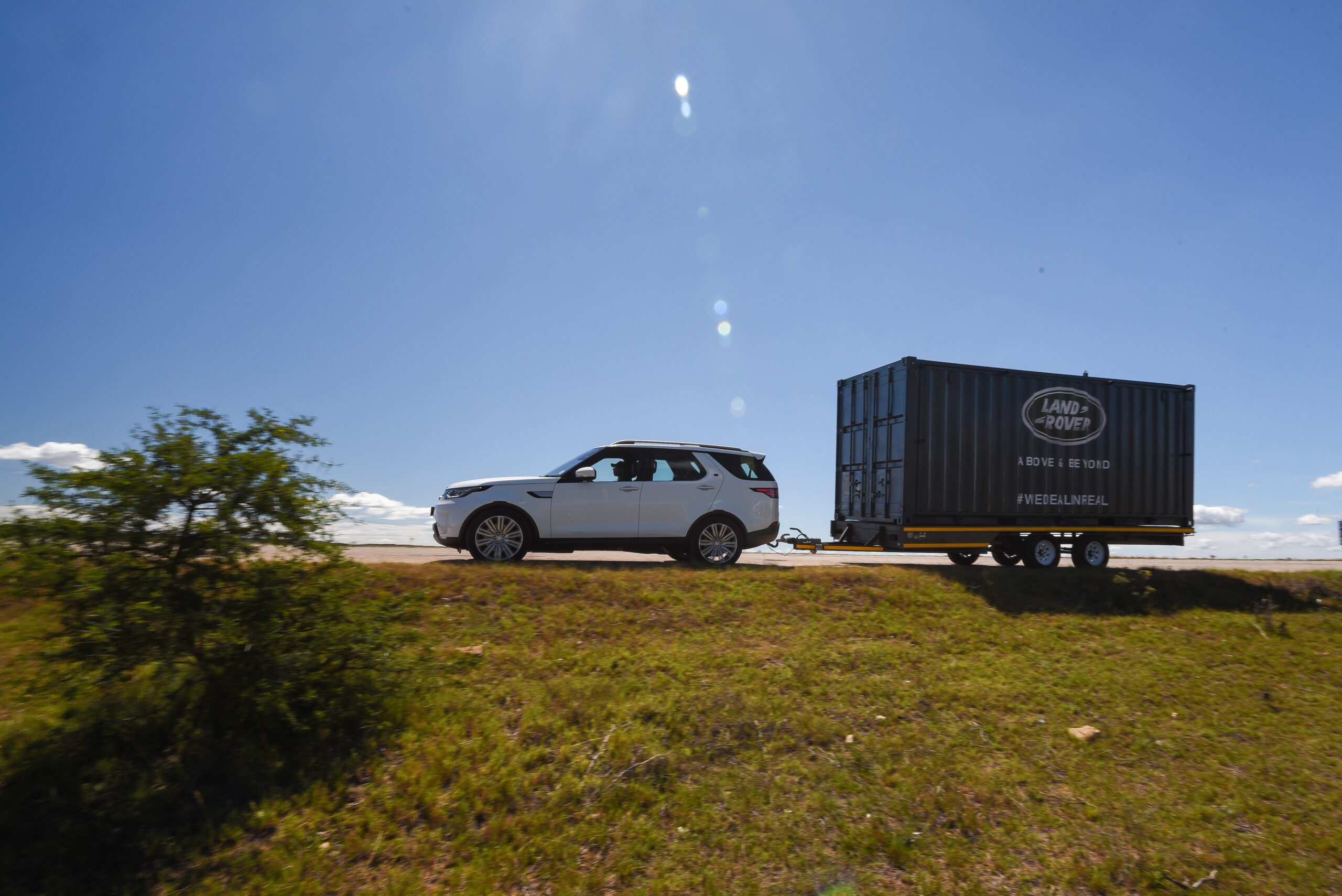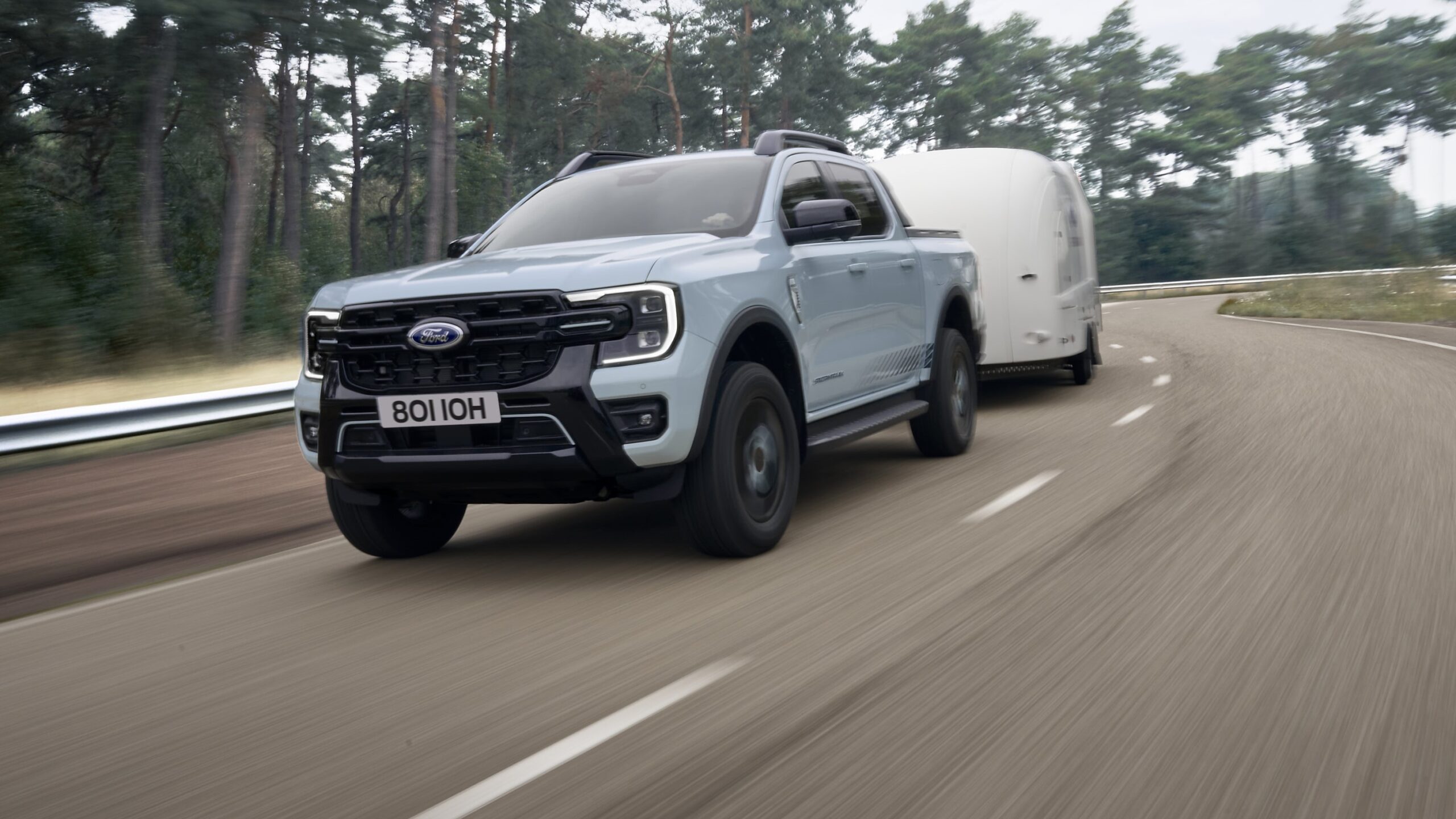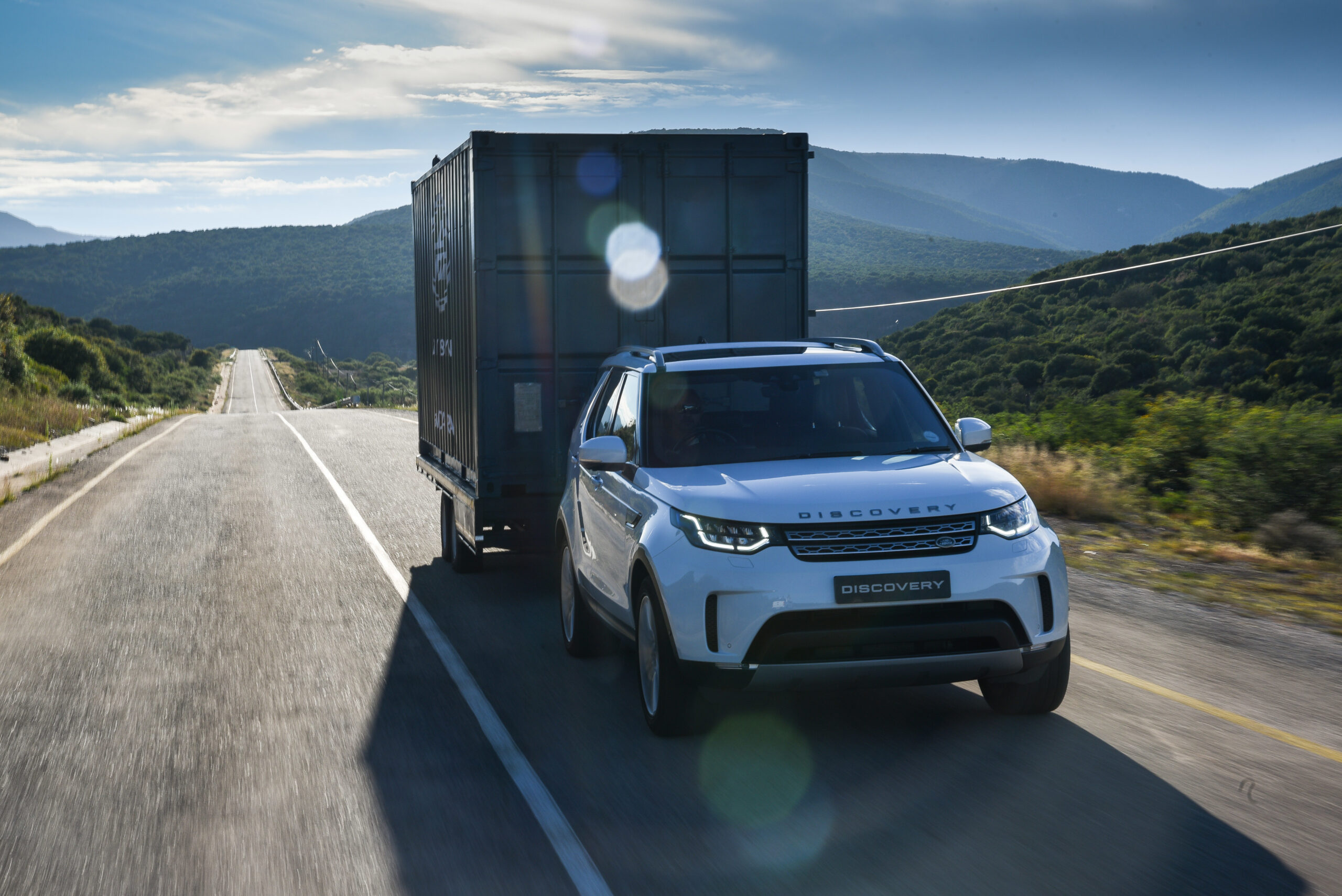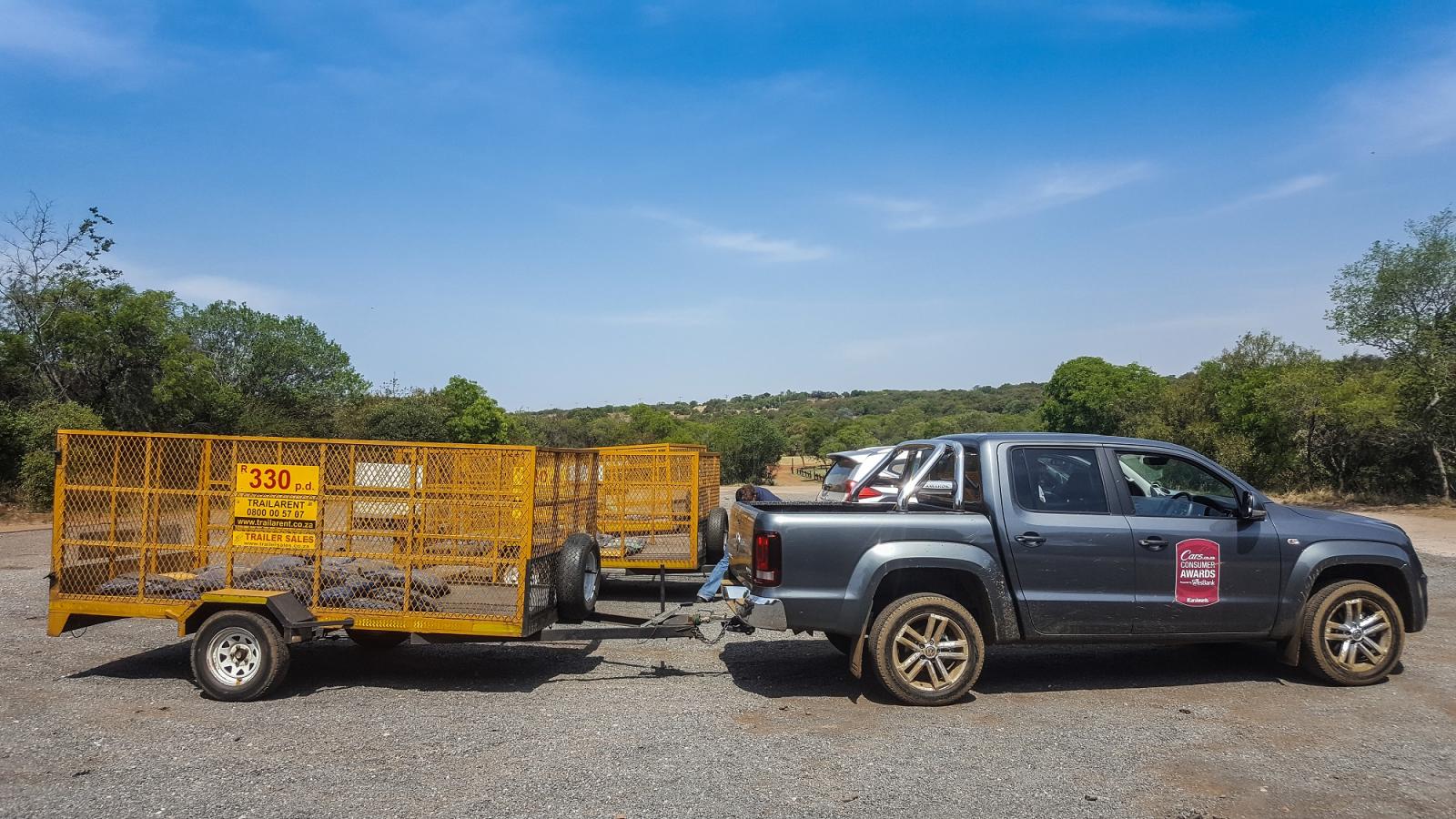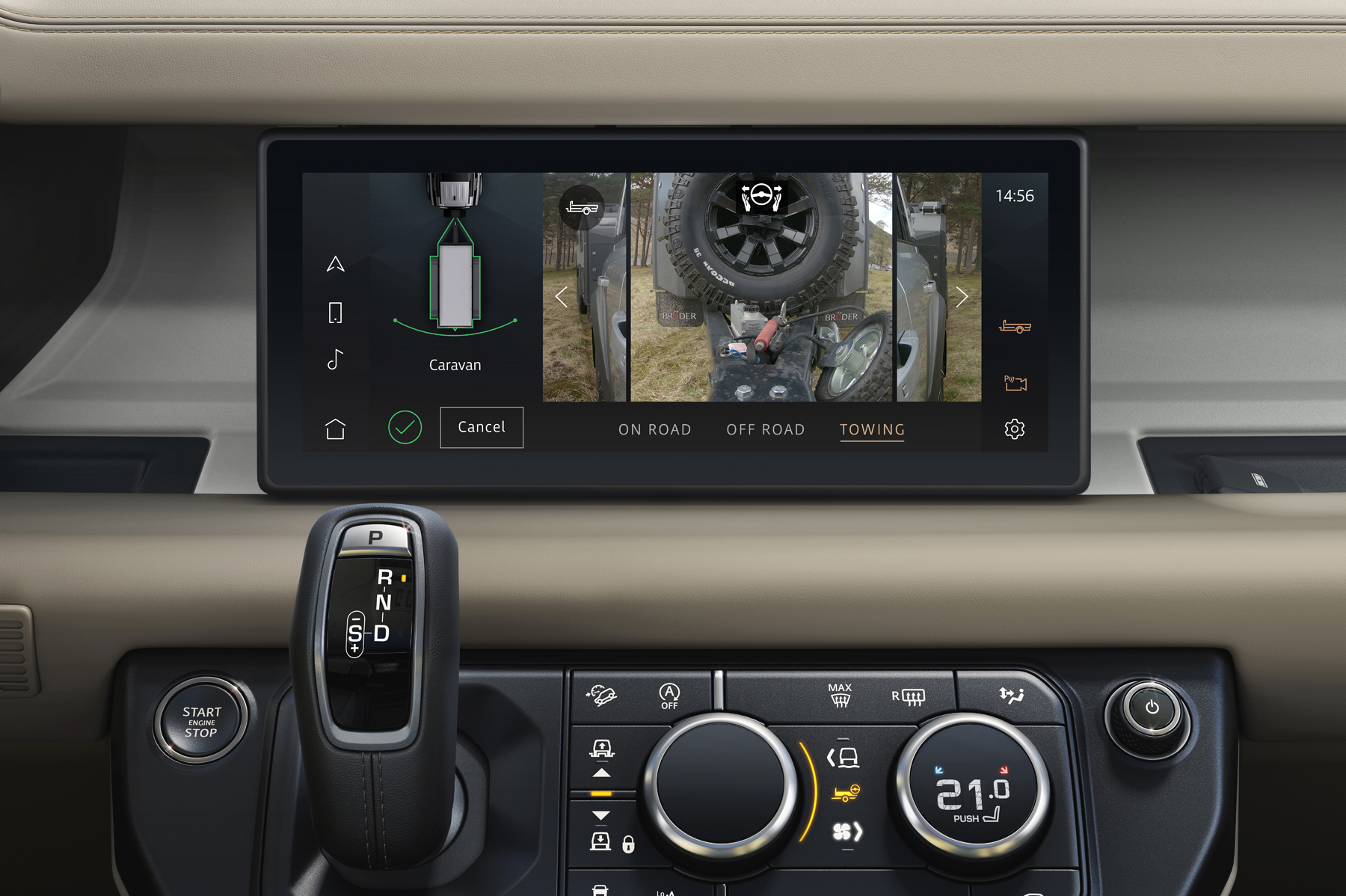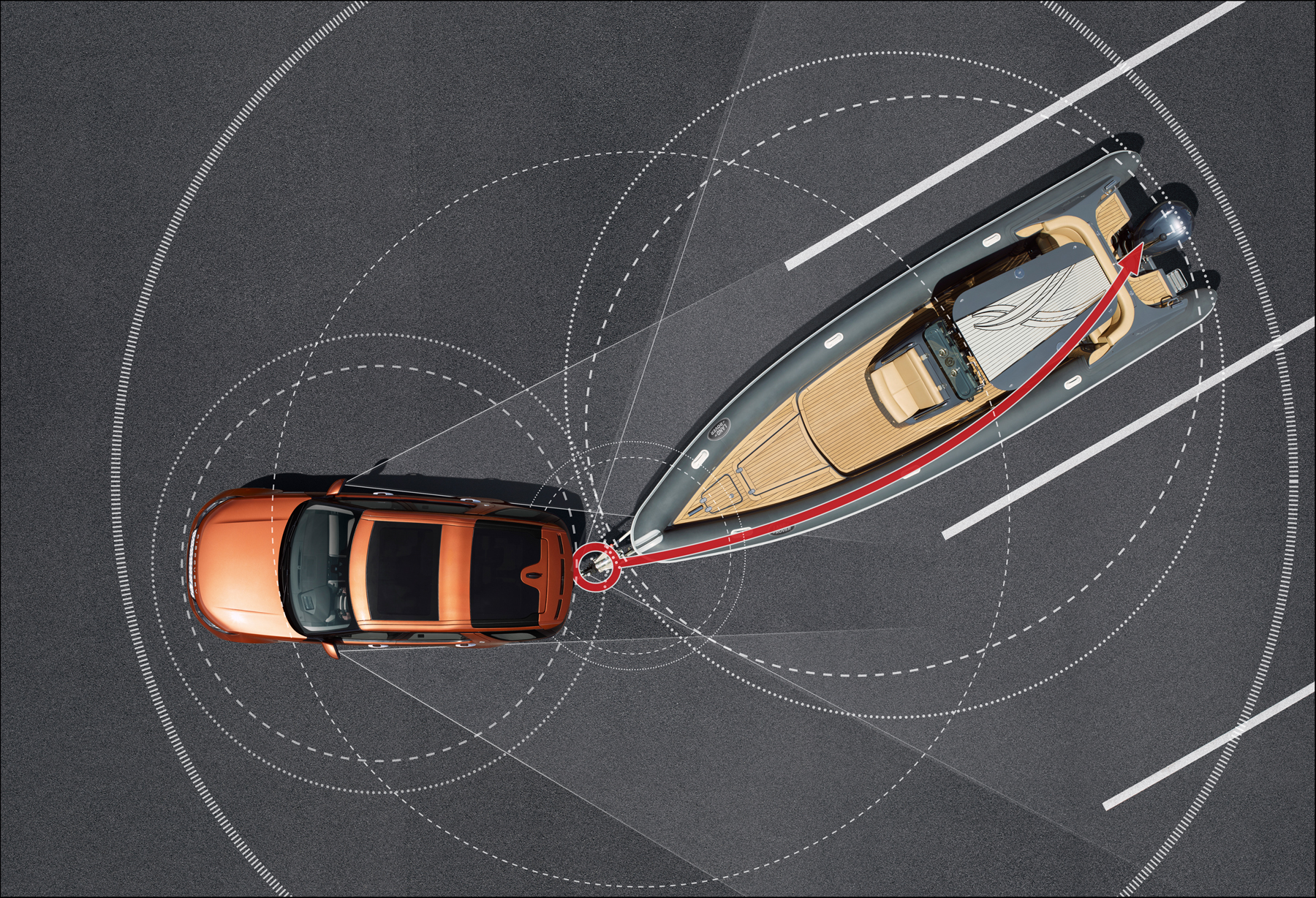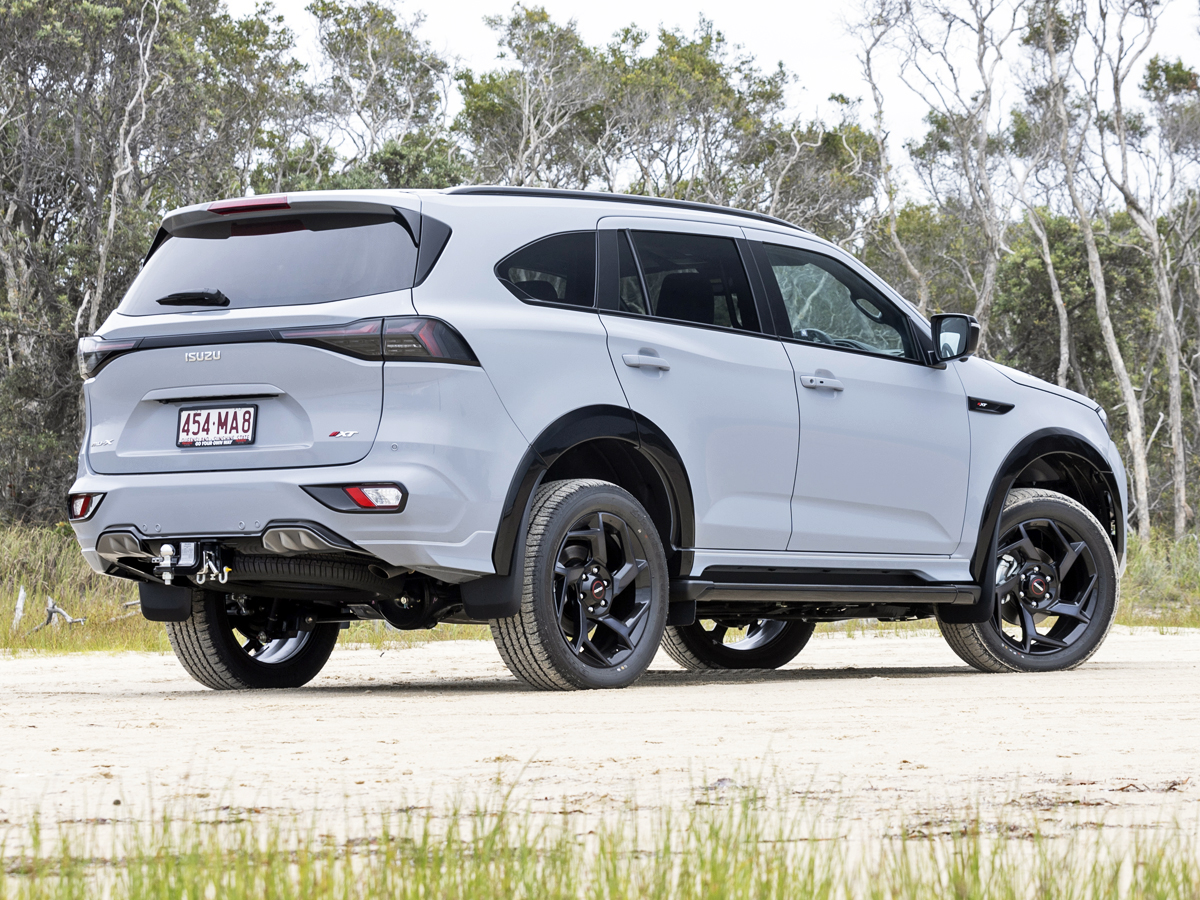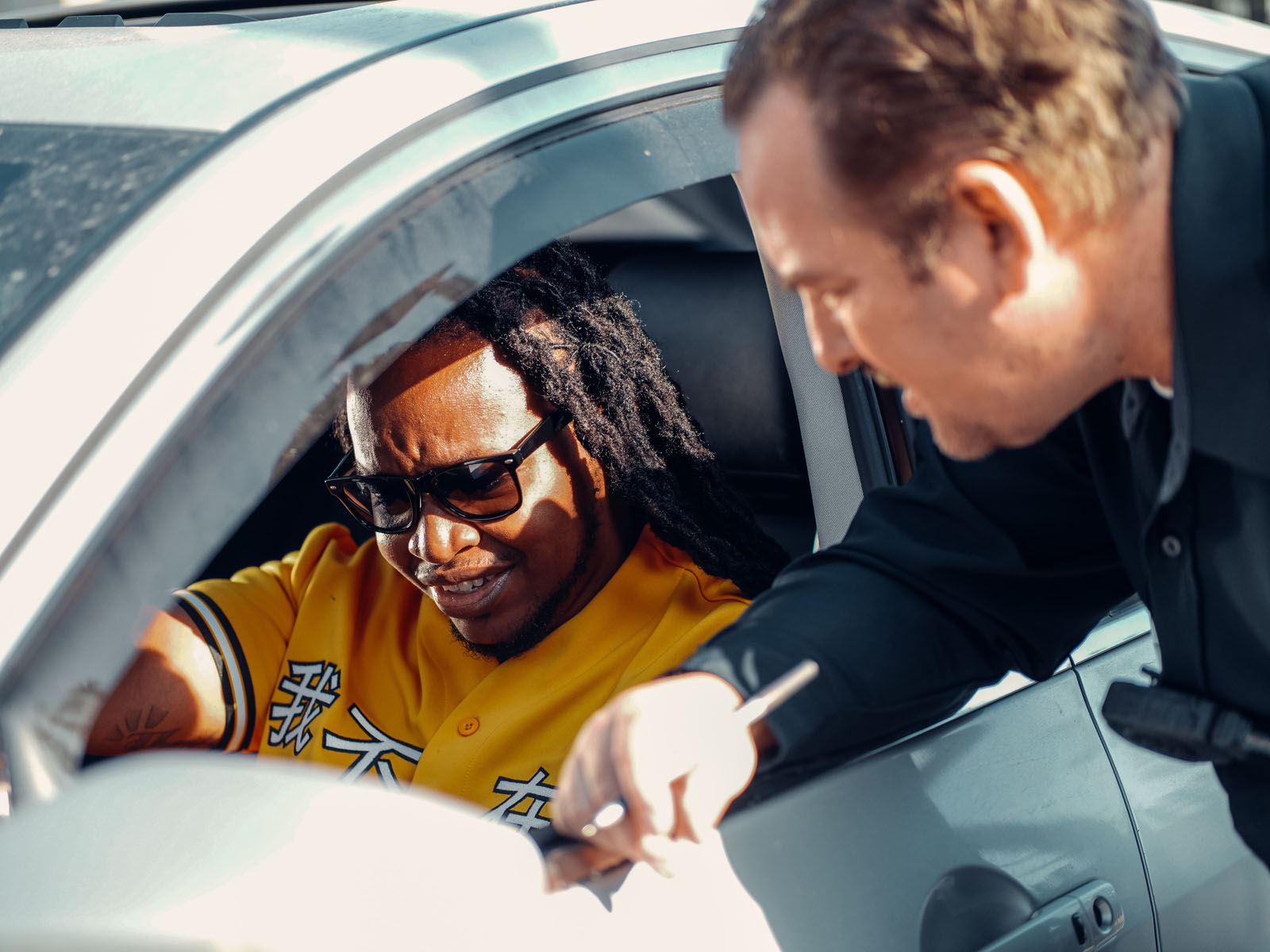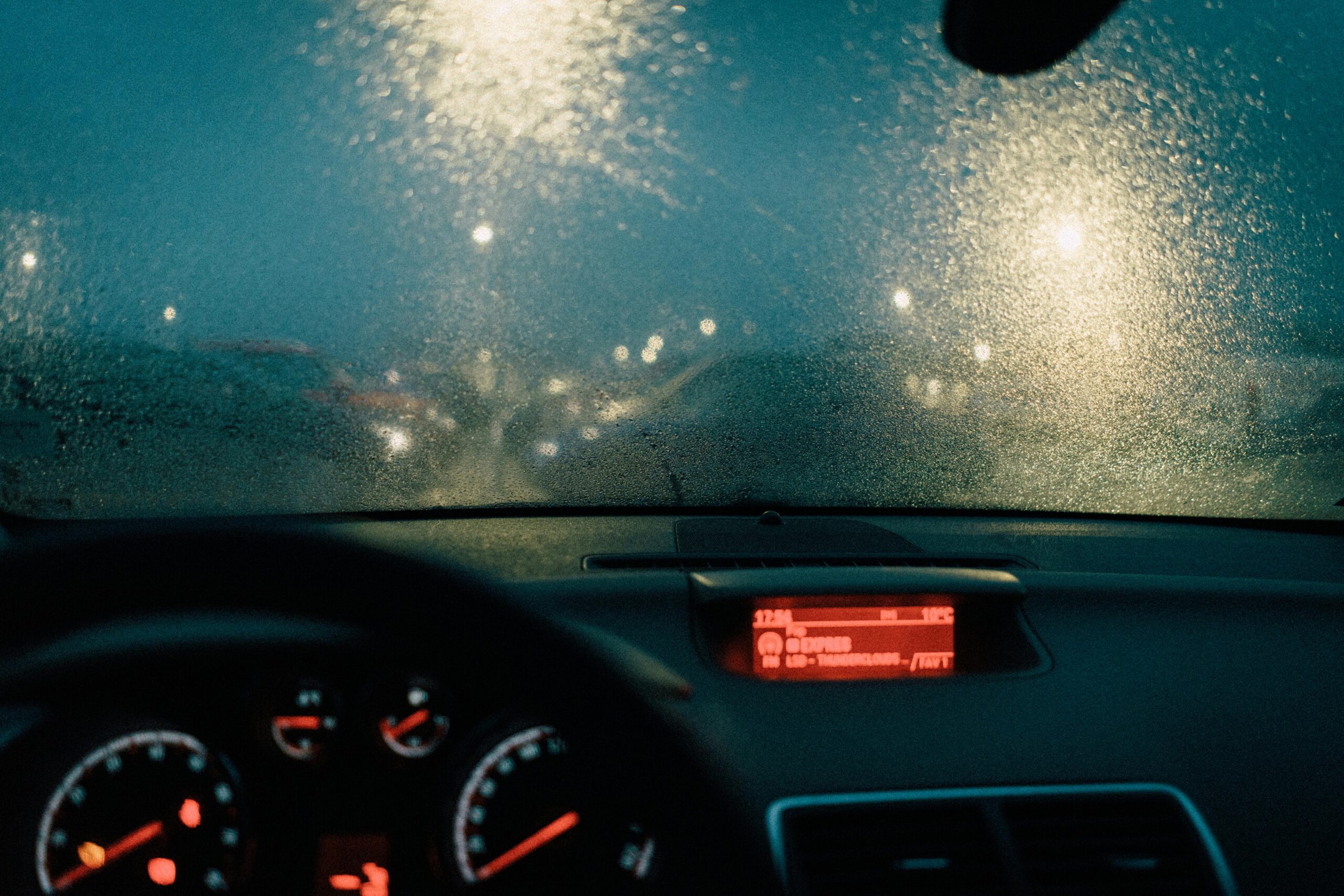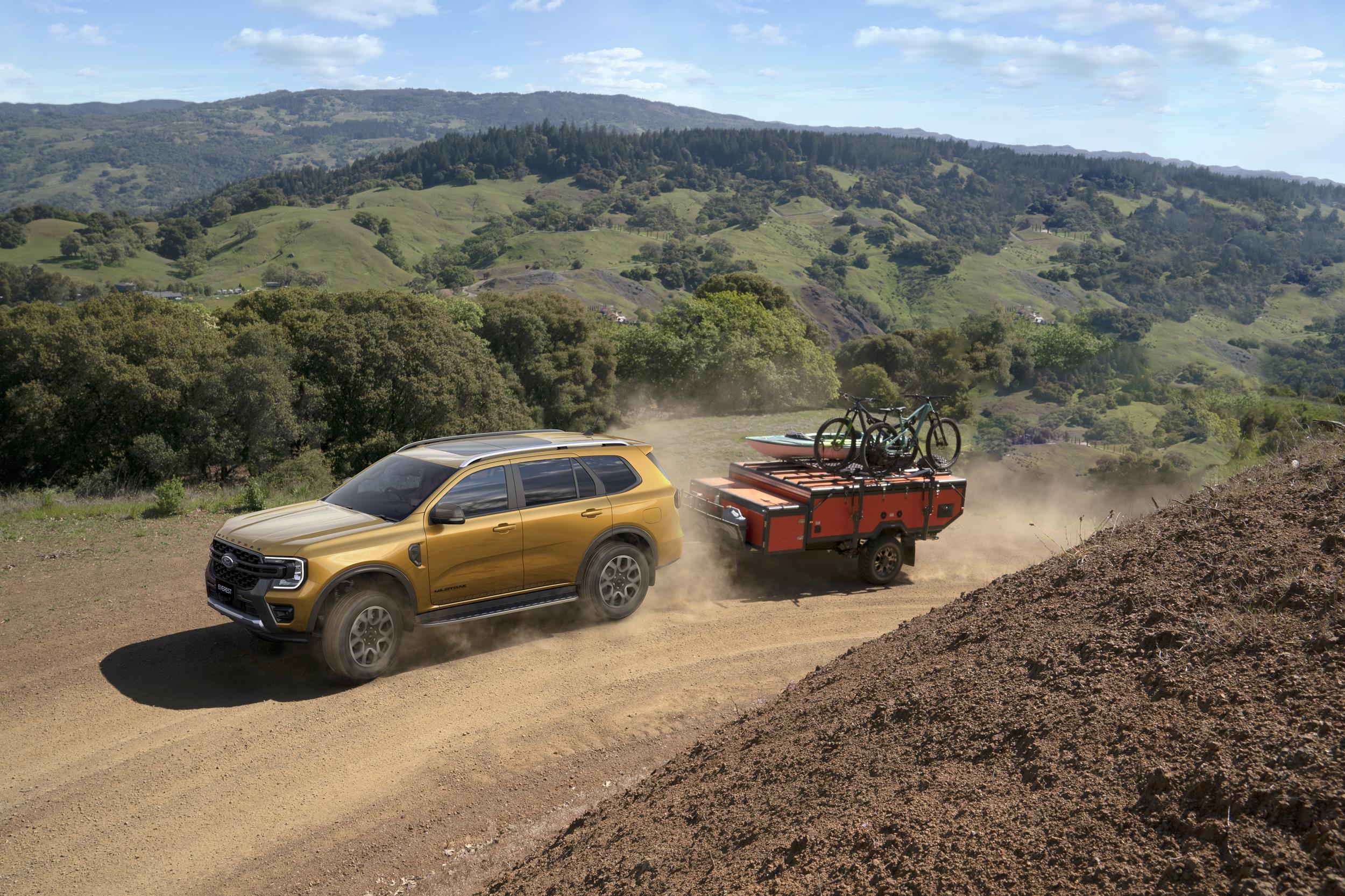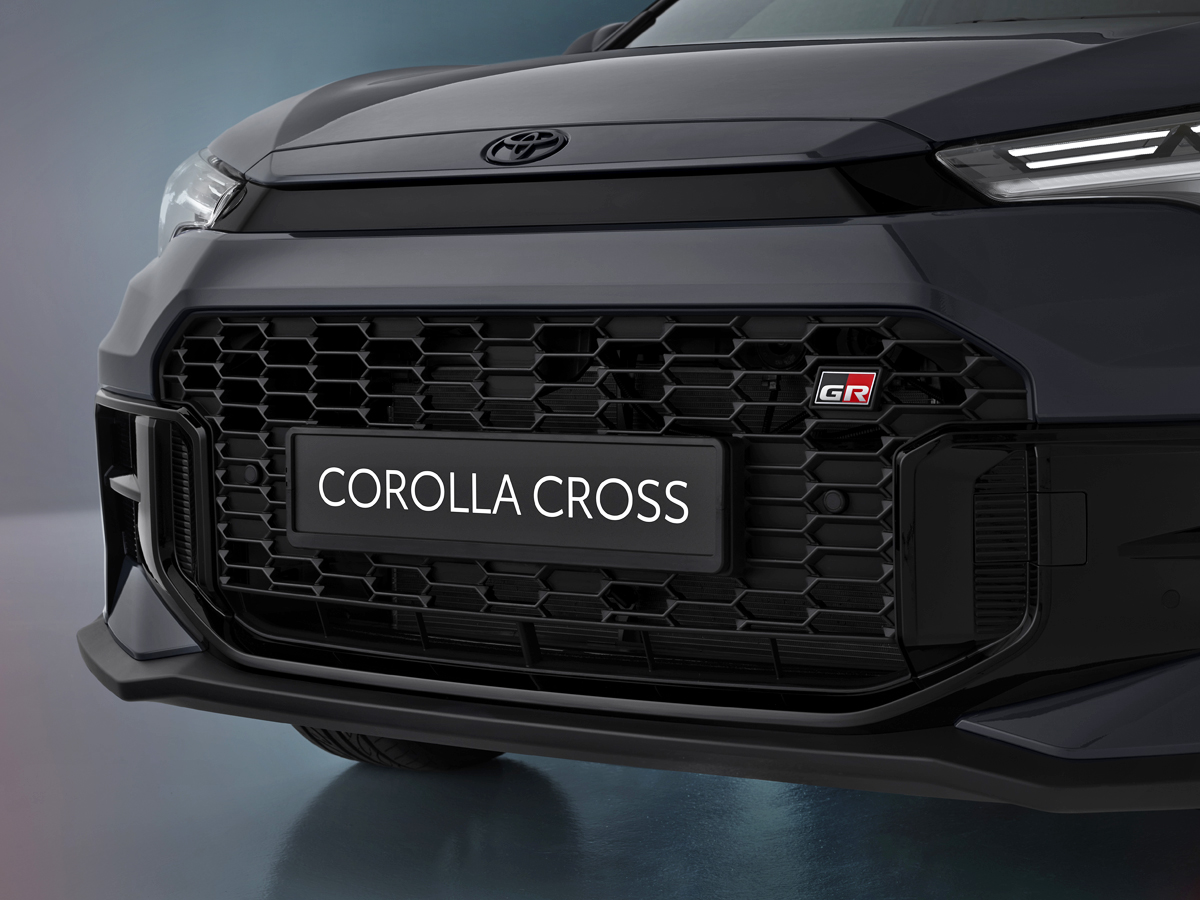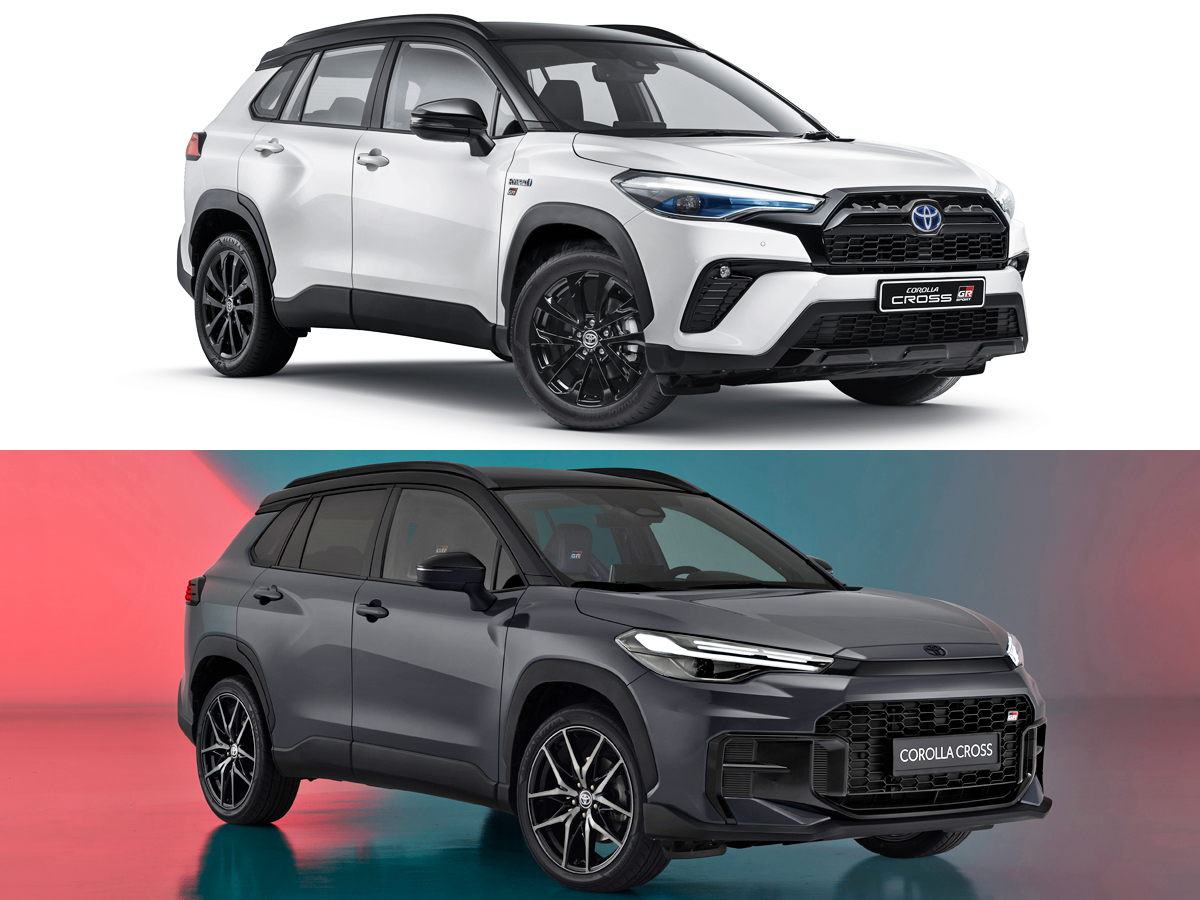Car Safety Ratings: What They Mean and Why They Matter
What are car safety ratings, and what do they mean for you and your family? We unpack the details here…
Every year, thousands of South Africans step into car dealerships with dreams of finding their perfect vehicle. They compare prices, fuel efficiency figures, and features, but many walk away without fully understanding one of the most important aspects of their purchase: car safety ratings. These mysterious star systems and technical jargon can leave even the most savvy buyers scratching their heads.

The reality is that car safety ratings aren’t just marketing gimmicks or nice-to-have badges. They’re scientific assessments that could mean the difference between walking away from an accident or becoming another tragic statistic on our roads. Let’s break down what these ratings actually mean and why they should influence your next car purchase.
What Are Car Safety Ratings?
Car safety ratings are comprehensive evaluations that measure how well a vehicle protects its occupants and helps prevent accidents from happening in the 1st place – they’re report cards for cars. Independent organisations conduct rigorous testing on vehicles to see how they perform under extreme conditions.

Several organisations worldwide conduct these assessments, including Global NCAP, Euro NCAP, and ANCAP. For South African buyers, Global NCAP’s work is particularly relevant, as they’ve been testing popular local models through their #SaferCarsForAfrica campaign in partnership with AA South Africa. The AA helps fund, promote, and publicise these crash tests to help local consumers make informed decisions, but does not conduct separate, independent crash tests itself.
These ratings aren’t based on guesswork or manufacturer claims. They’re the result of systematic crash tests and detailed safety feature assessments conducted in controlled laboratory environments.
See also: Your Complete Guide to Safe Towing in South Africa

How Car Safety Ratings Are Determined
The testing process involves subjecting vehicles to various crash scenarios that simulate real-world accidents. Cars are crashed into barriers at specific speeds to replicate frontal impacts, side collisions, and sometimes rear-end crashes. Sophisticated sensors and crash test dummies collect data on how the vehicle’s structure holds up and how much force is transmitted to occupants.
Modern safety assessments evaluate 4 key areas, often called “pillars.”
- Adult Occupant Protection measures how well the car protects grown-ups during a crash.
- Child Occupant Protection focuses on the safety systems designed to keep young passengers secure.
- Vulnerable Road User Protection examines how the vehicle’s design minimises harm to pedestrians and cyclists in the event of a collision.
- Safety Assist evaluates active safety technologies such as electronic stability control (ESC), anti-lock braking system (ABS), and autonomous emergency braking (AEB). These systems work to prevent accidents from happening rather than just protecting occupants when they do occur.

Interestingly, while modern safety assessments aim to encourage balanced safety across all categories by considering multiple areas, such as adult occupant protection, child occupant protection, vulnerable road user protection, and safety assist features, the overall star rating often primarily reflects the adult occupant protection score. In some testing protocols and regional campaigns, child occupant protection and other pillars are reported separately and may not directly lower the headline star rating.
However, as testing standards evolve, there is a growing emphasis on ensuring that the lowest-performing area influences the overall rating, pushing manufacturers to improve safety comprehensively across all categories.

The Star System Explained
The star rating system ranges from zero to 5 stars, with 5 being the highest achievement. A 5-star rating indicates excellent protection combined with advanced safety features that represent the current state of automotive safety technology. These vehicles typically include multiple airbags, strong structural design, and sophisticated electronic safety systems.
Four-star vehicles offer good protection with some advanced features, while 3-star cars provide average protection but may lack the latest safety technologies. Two-star ratings indicate basic protection with few advanced features, and 1-star vehicles offer only marginal protection with minimal safety technology.

Perhaps most concerning is the 0-star rating, which means the vehicle meets only minimum legal requirements but lacks many modern safety features that have become standard elsewhere. These cars often lack basic equipment like airbags or have structural designs that perform poorly in crash tests.
See also: Car Maintenance Checks to Perform on Your Car
Why These Ratings Matter
The difference between star ratings isn’t academic – it translates directly to real-world consequences. Research shows that higher-rated vehicles significantly reduce the risk of serious injury or death in accidents. In a country where far too many road fatalities occur, this info becomes even more valuable.

Many budget vehicles historically sold in South Africa have lagged behind international safety standards. However, awareness is growing, and manufacturers are beginning to respond to consumer demand for safer vehicles. The publication of safety ratings empowers consumers to make informed choices and sends a clear message to manufacturers about what South African buyers expect.
This shift in awareness has already begun influencing the market. Some manufacturers have started offering improved safety specifications on their South African models after receiving poor ratings, demonstrating the power of informed consumer choice.

Popular Models Compared
To illustrate how these ratings work in practice, let’s examine some popular South African models and their performance:
| Model | Adult Occupant | Child Occupant | Star Rating | Notable Features |
| Toyota Etios | 4 stars | 3 stars | 4 stars | Dual airbags, ABS |
| Renault Sandero | Not recently tested by Global NCAP; older tests showed ~3 stars for adult occupant, child occupant varies; ESC on some models | 3 stars (older data) | ~3 stars (older data) | Airbags, ESC (some models) |
| Volkswagen Polo Vivo | Not recently tested by Global NCAP; older tests showed ~3 stars for adult occupant and child occupant | ~3 stars (older data) | Airbags, ABS | |
| Kia Pegas (2024) | 2 stars | 4 stars | 2 stars | Dual airbags, no ESC standard |
| Maruti Suzuki Ertiga (2024) | 1 star | 2 stars | 1 star | Dual airbags, no ESC |
| Chery QQ3 | 0 stars | 0 stars | 0 stars | No airbags |
The Toyota Etios stands out as a good example of how a budget-friendly vehicle can still achieve a strong safety performance. Its 4-star overall rating demonstrates that affordable doesn’t have to mean unsafe. Conversely, the Chery QQ3’s 0-star rating highlights the safety compromises that come with some ultra-budget options; fortunately, the QQ3 model has long been discontinued in South Africa.
See also: Tyre Maintenance Tips

Finding Safety Information
Before making your next vehicle purchase, take time to research safety ratings through official channels. The Global NCAP website provides comprehensive test results for many models sold in emerging markets, while AA South Africa’s crash test section offers local testing results and analysis.
Euro NCAP provides detailed explanations of their testing methodology and results for European models that may also be sold locally. Don’t rely solely on manufacturer marketing materials or dealer claims – independent testing provides the most reliable safety information.

Consider making safety ratings a primary factor in your decision-making process, especially if you regularly carry family members or drive long distances. The small price difference between a 2-star and 4-star vehicle becomes insignificant compared to the potential cost of serious injury.
See also: Driving tips to improve fuel efficiency
Make Car Safety a Priority
Understanding car safety ratings empowers you to make informed decisions that could protect you and your loved ones for years to come. These ratings provide objective, scientific data about how vehicles perform under controlled conditions that simulate real-world accidents.

The next time you visit a dealership, ask about safety ratings and request to see official test results. Don’t accept vague assurances about safety – demand specific information about star ratings and safety features. Your insistence on safety helps drive the entire industry toward better standards.
Remember that the cheapest car isn’t always the best value if it compromises your safety. Make informed choices based on comprehensive safety data, and encourage others to do the same. After all, no destination is worth reaching if you don’t arrive safely.
Find a new/used vehicle listed for sale on Cars.co.za
















